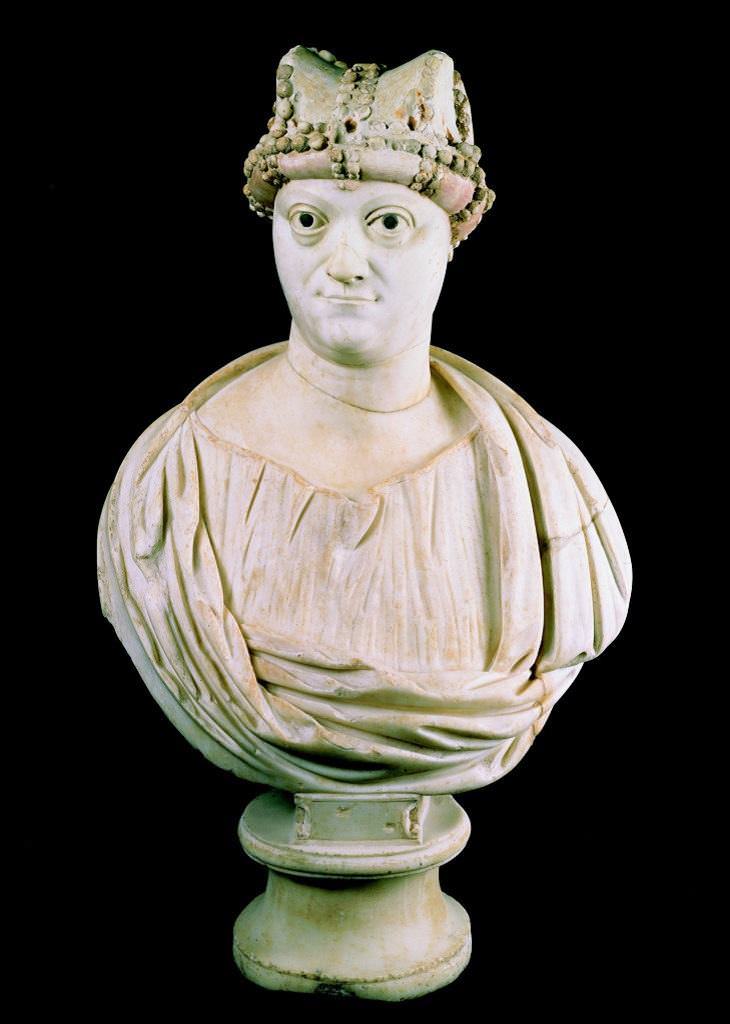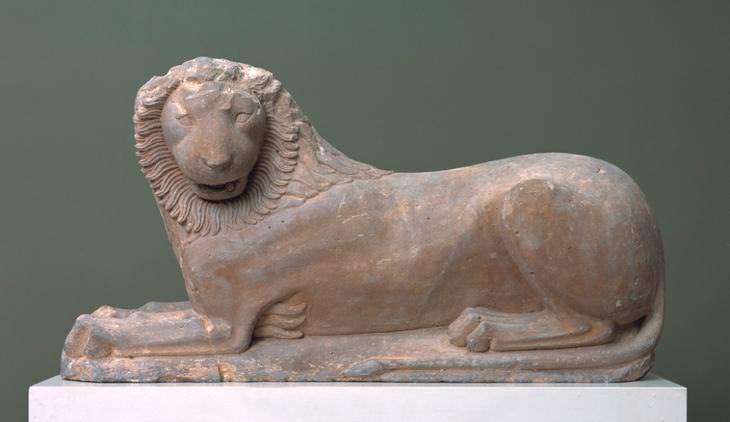
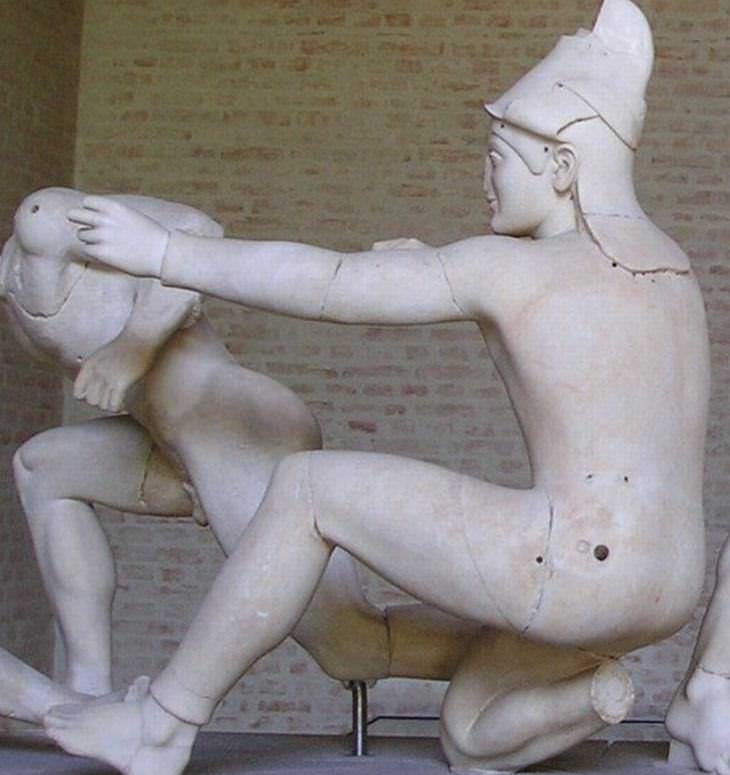
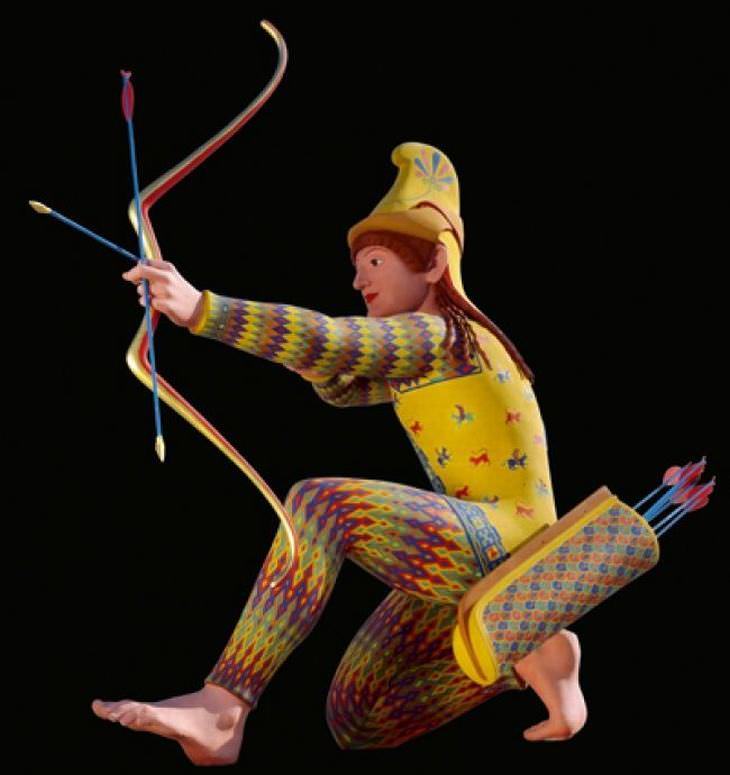

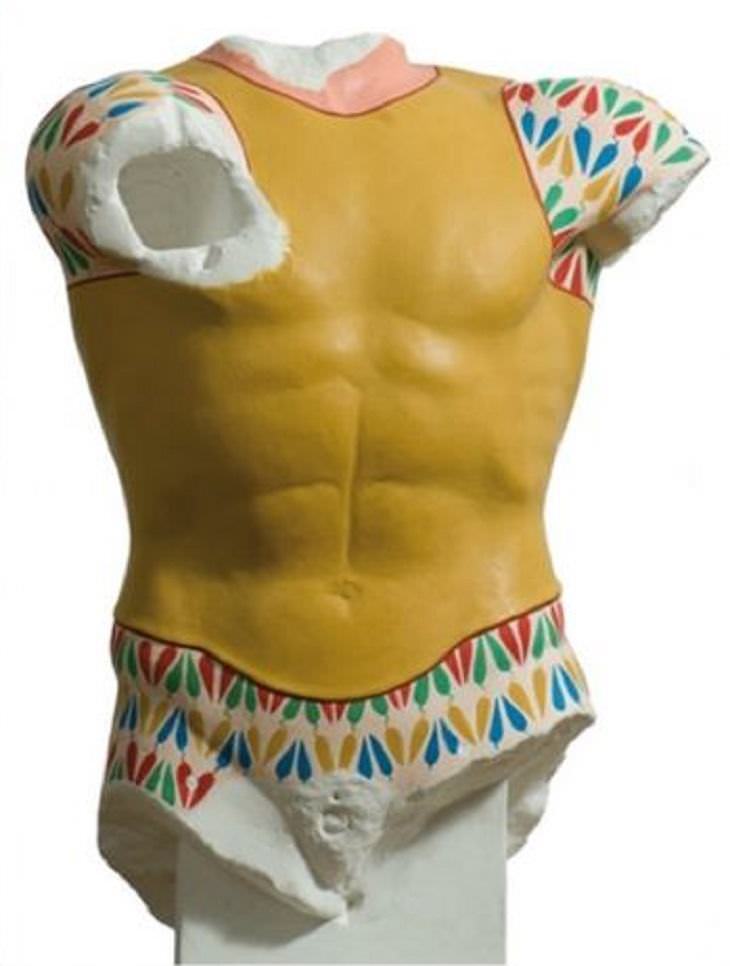
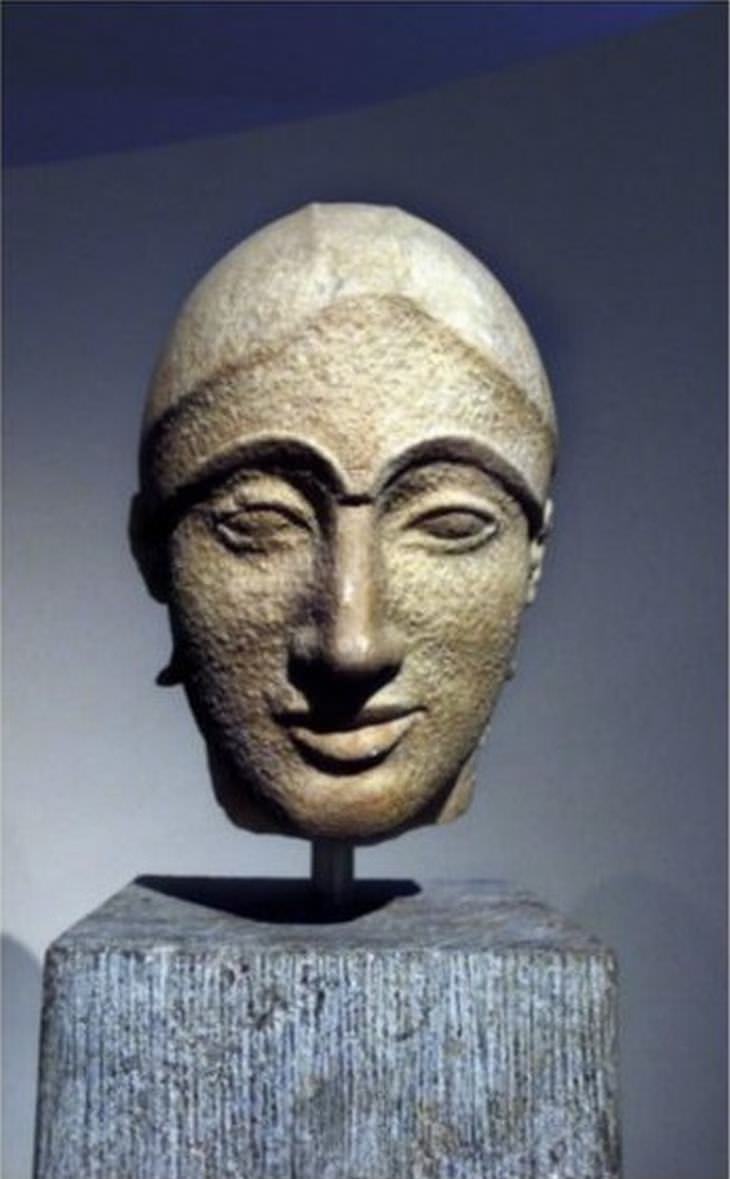

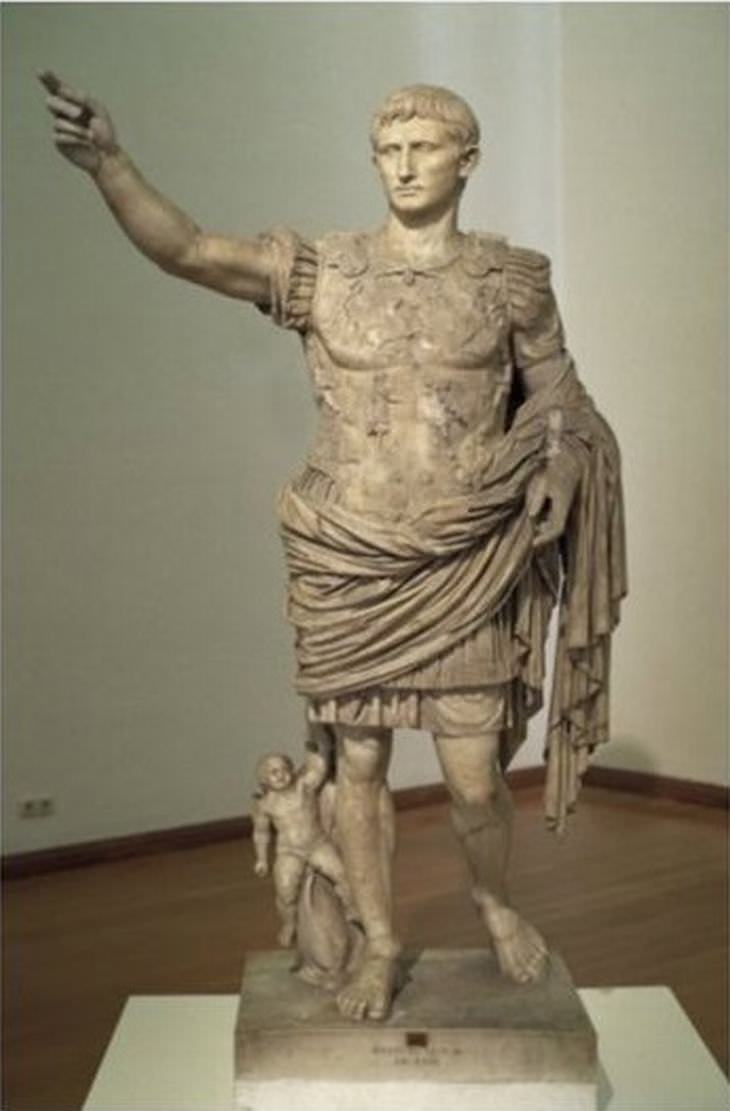
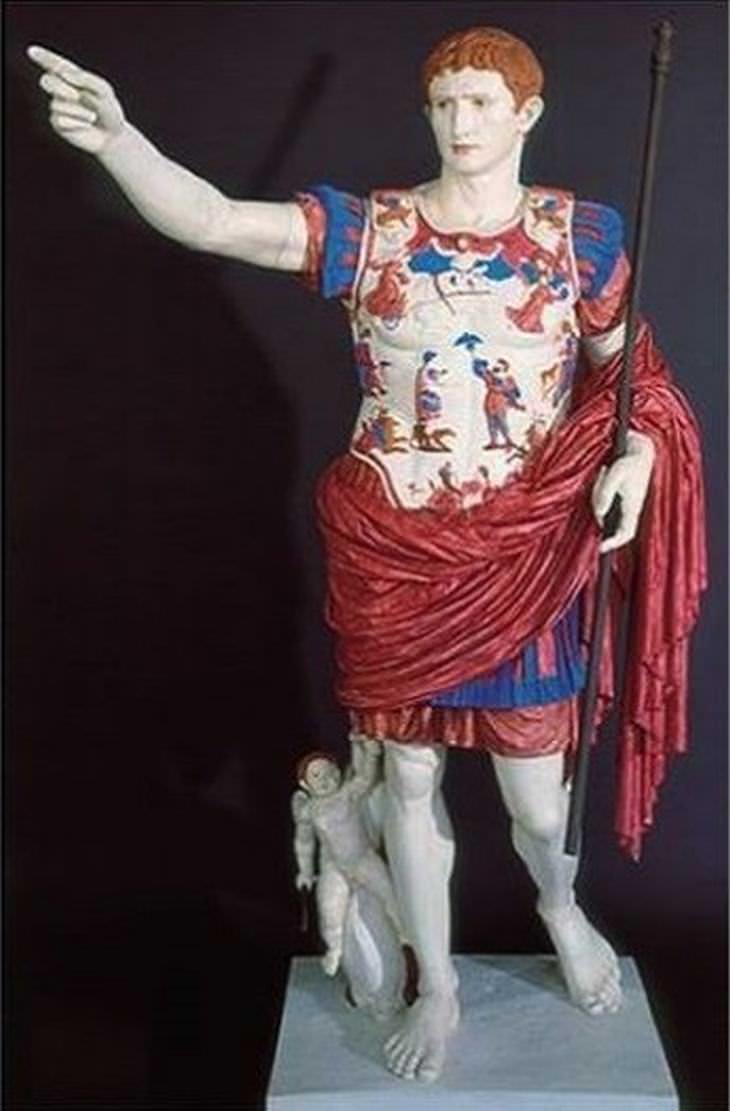
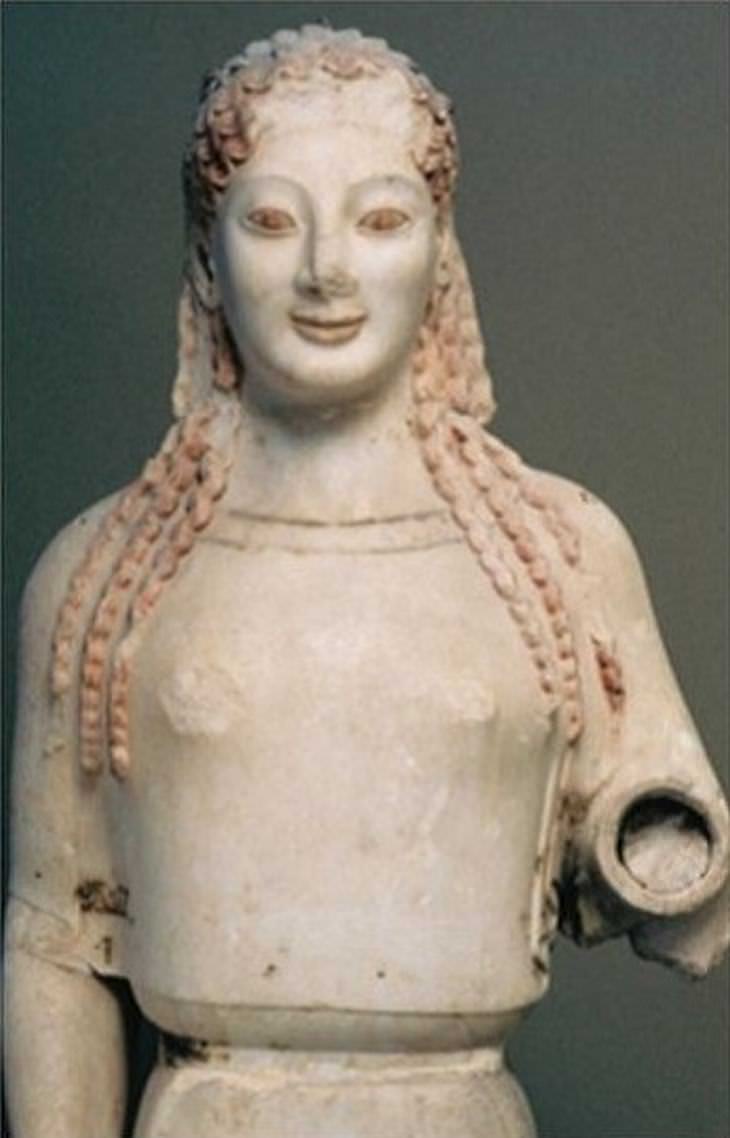
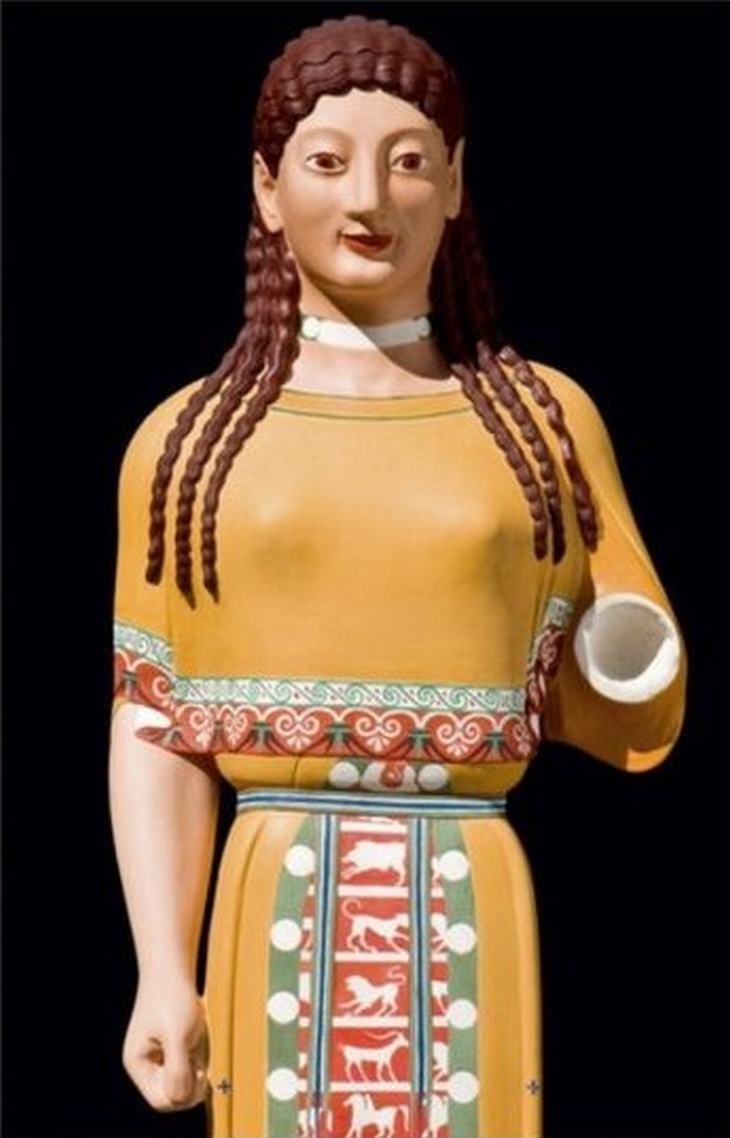

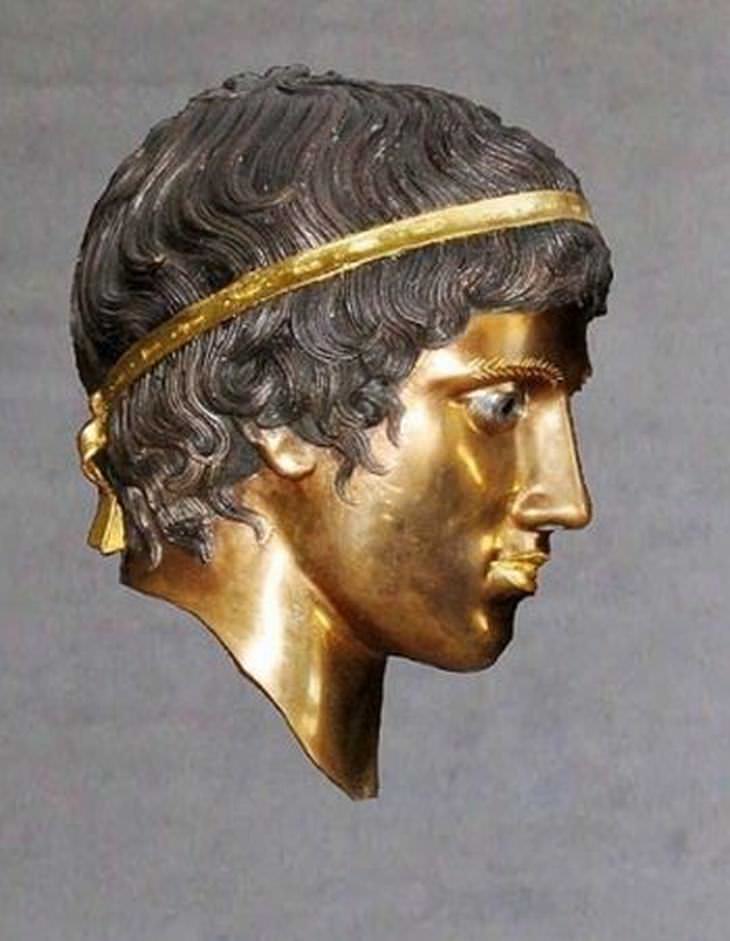

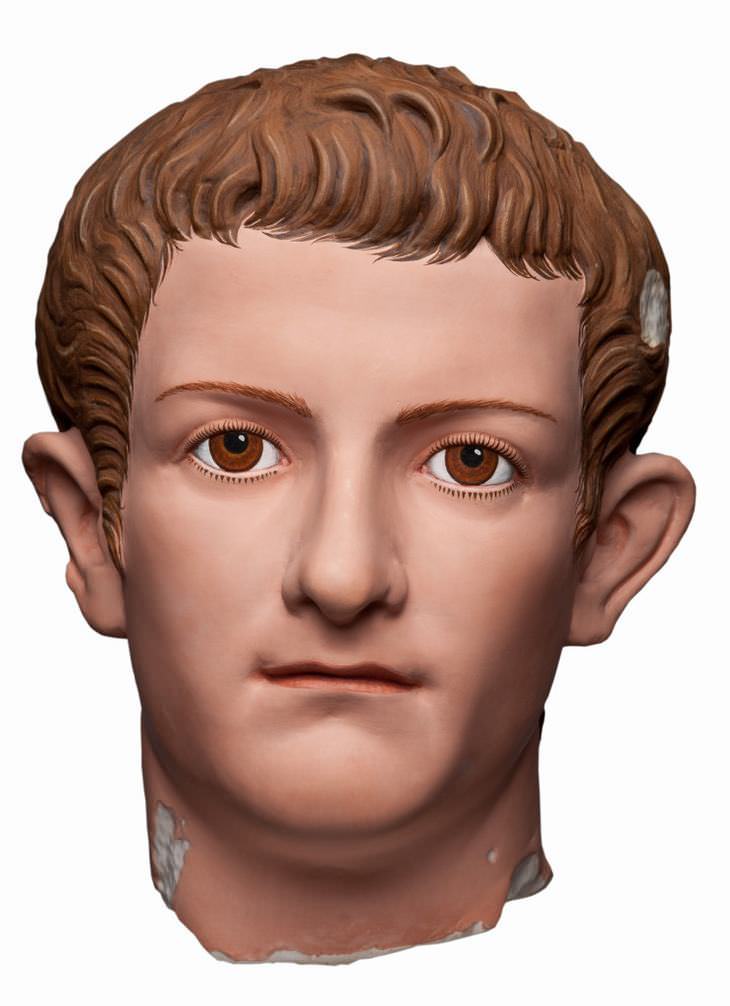
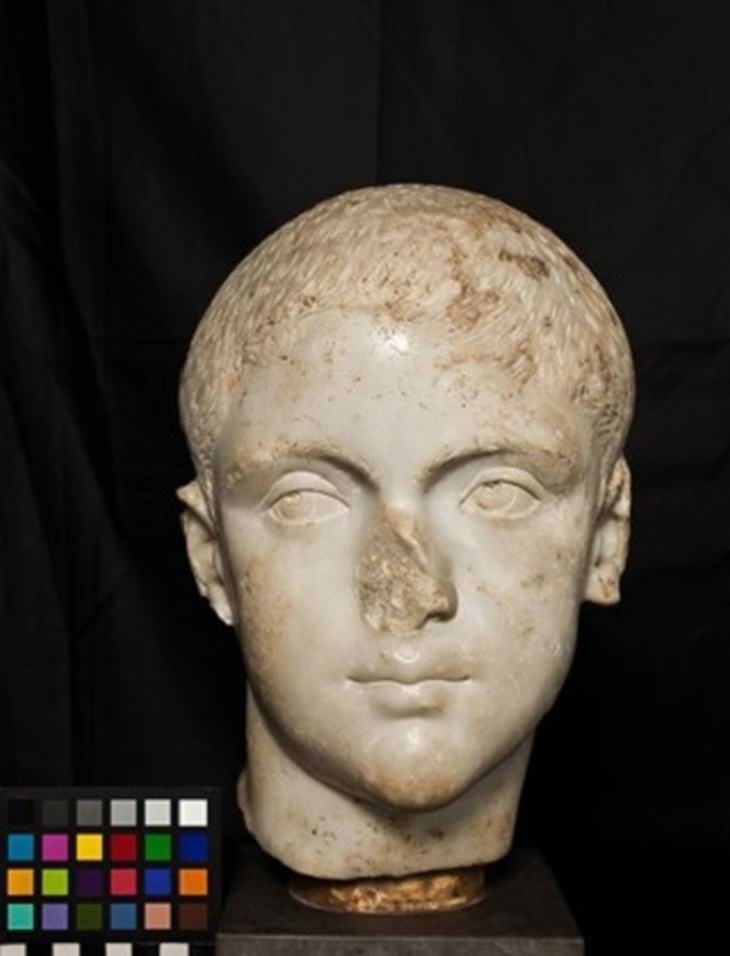
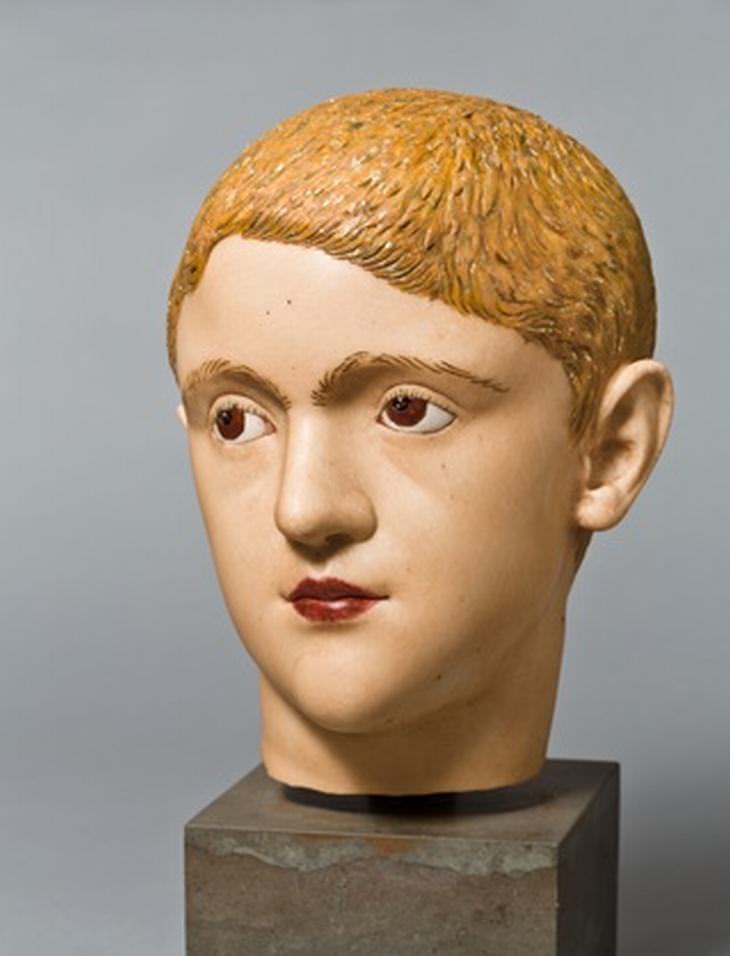
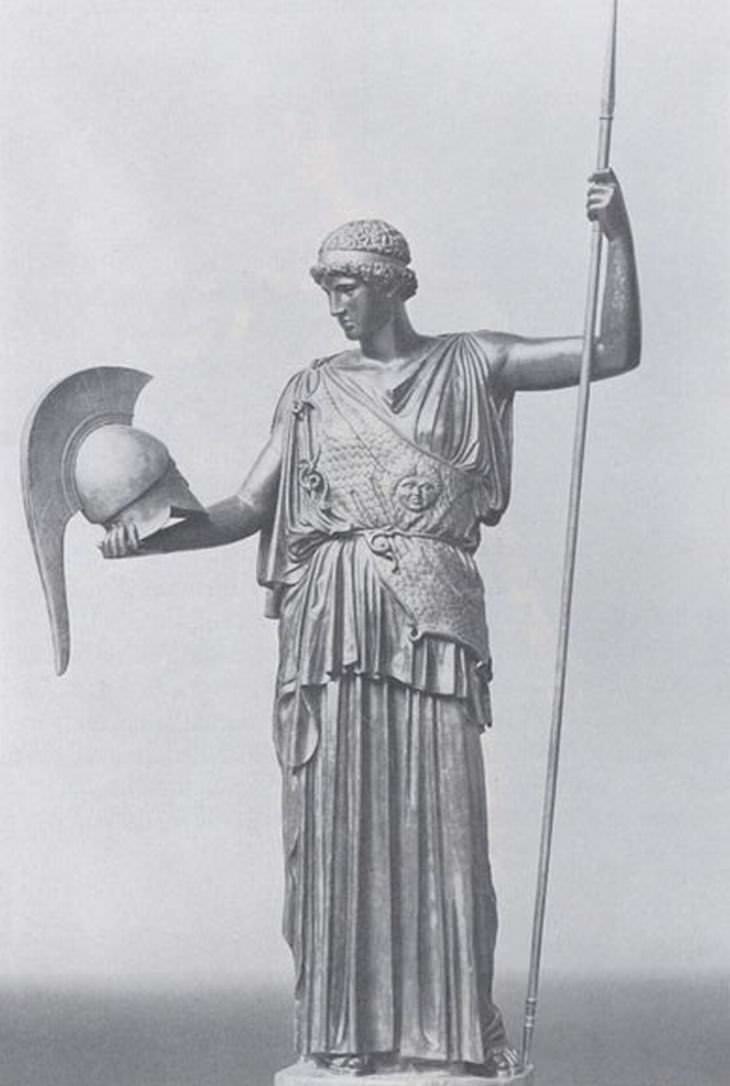
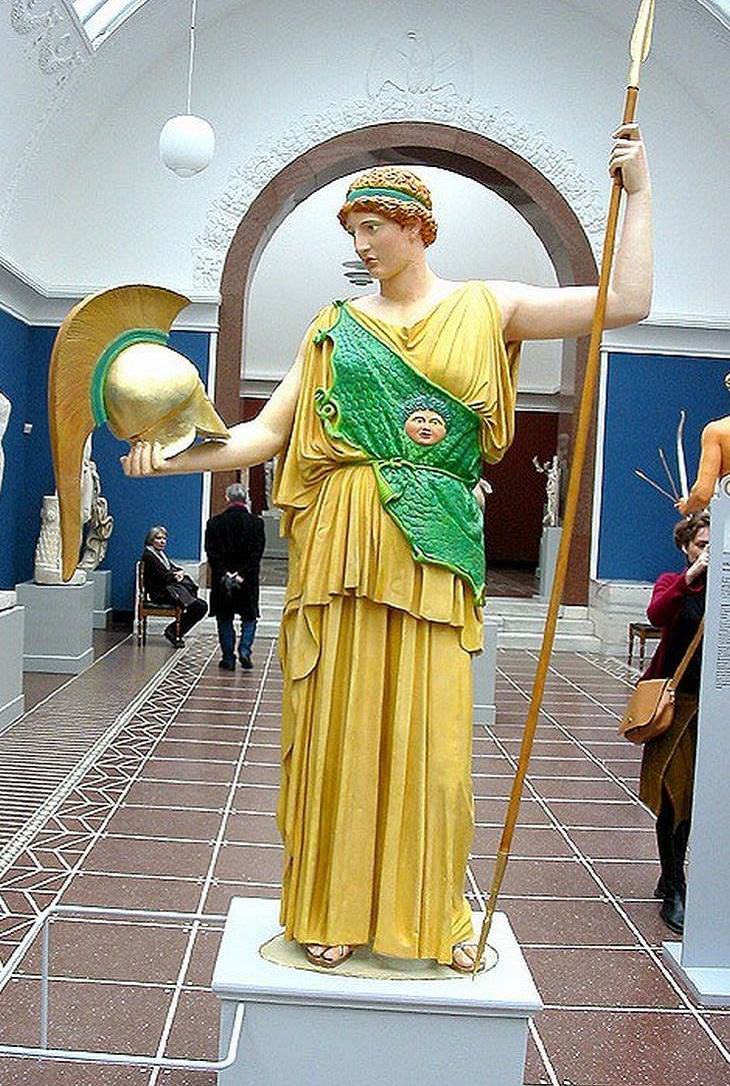
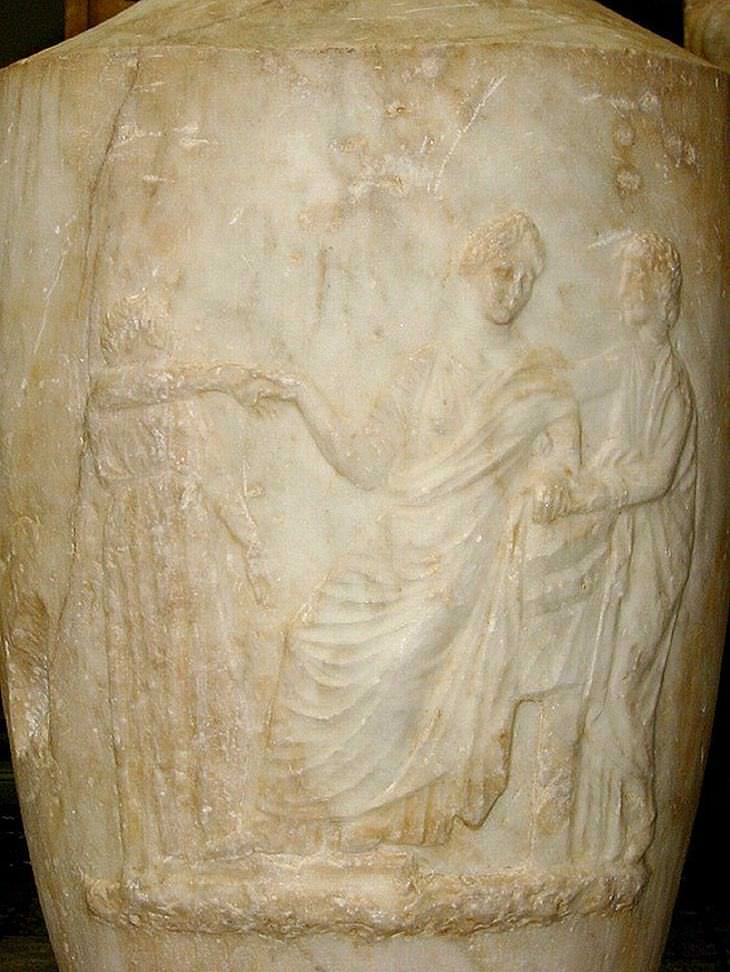
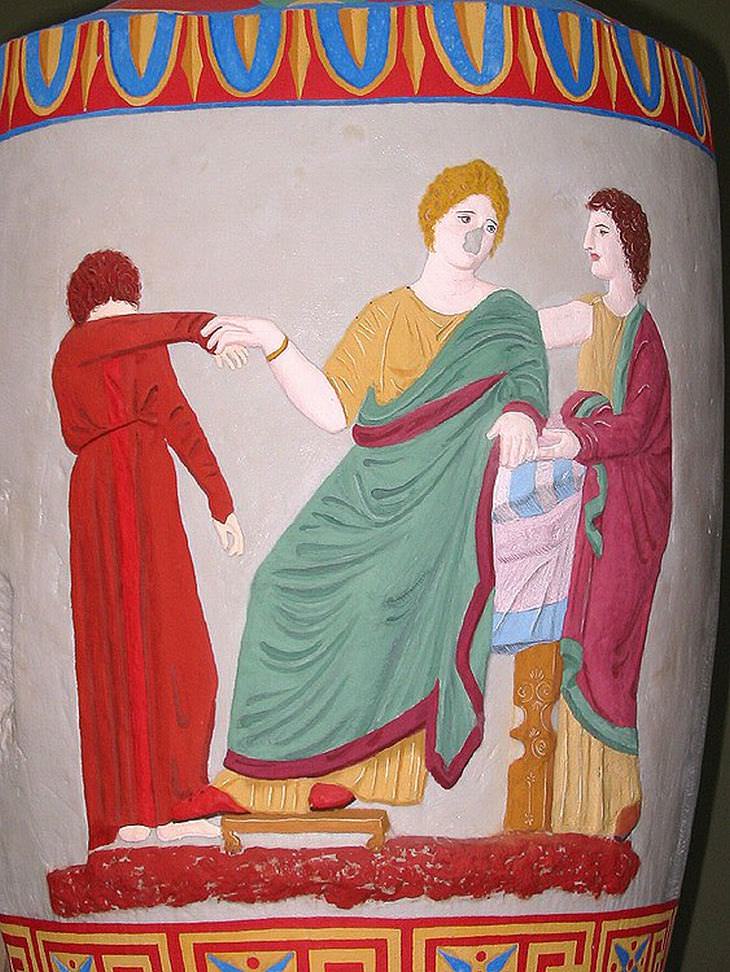
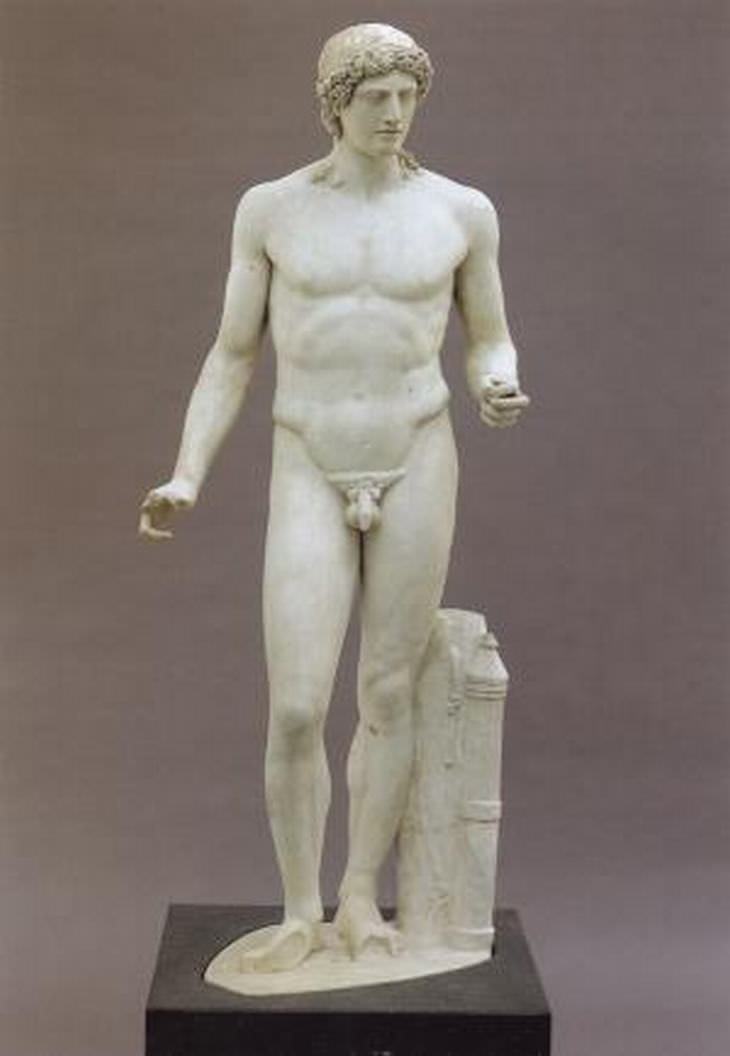




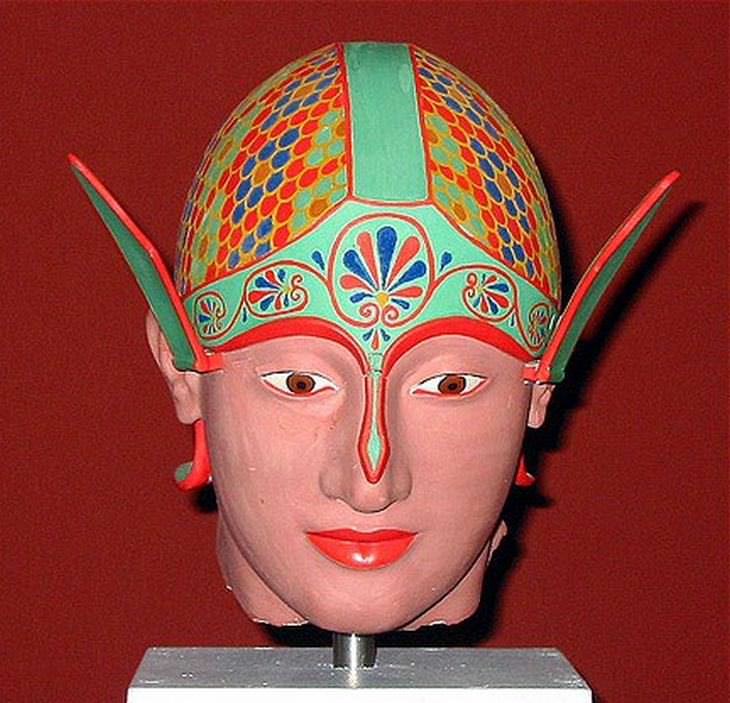
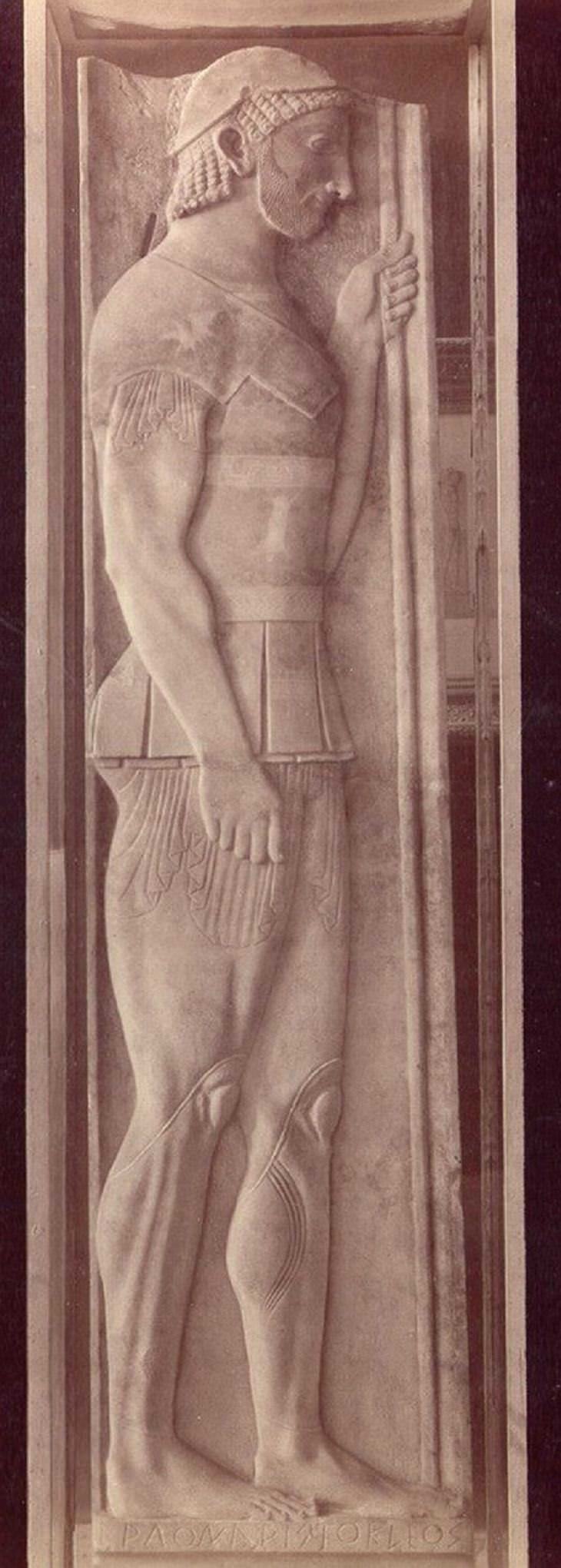
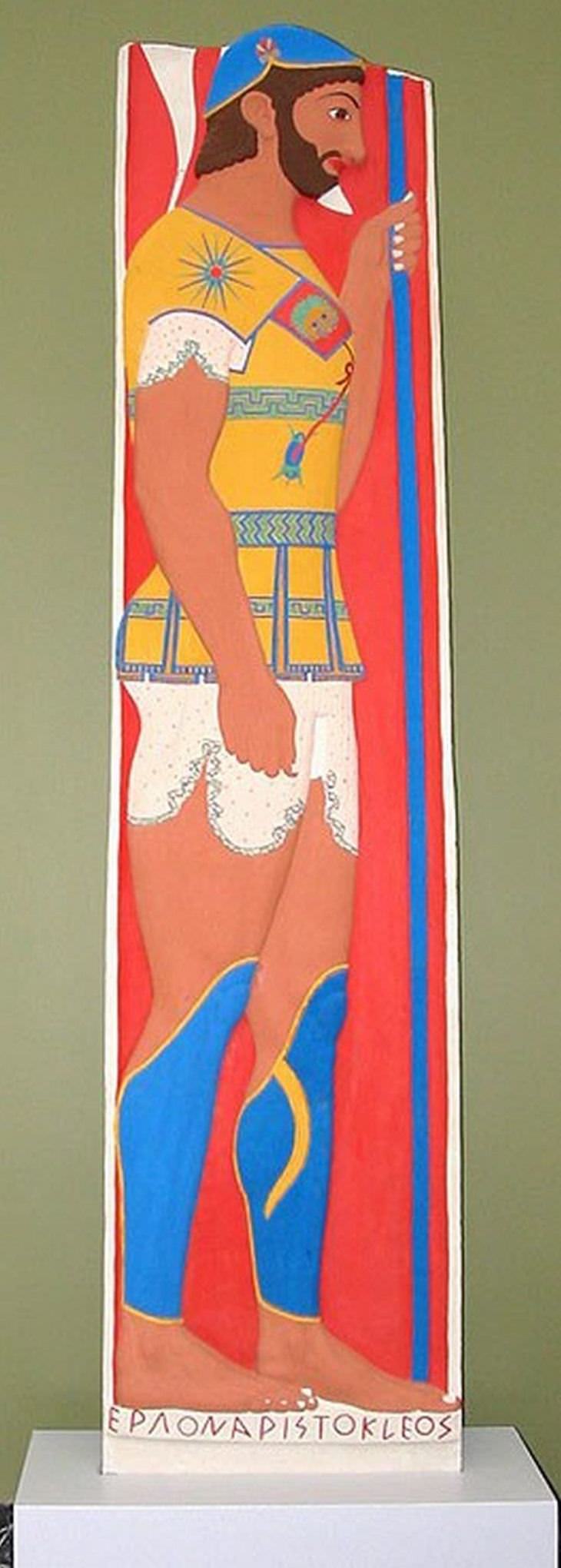
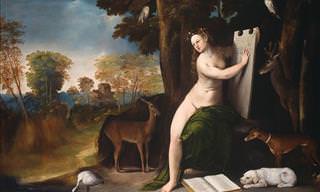
The Oldest Stories Ever Written, Told in Beautiful Paintings
These are 15 absolutely stunning paintings that show you some incredible moments amidst the billions of legends in Greek Mythology.
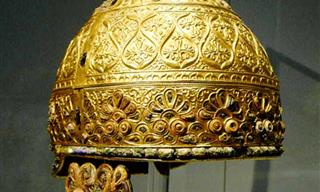
7 Ancient Helmets That Will Blow Your Mind
In this article, we will be taking an up-close look at 7 ancient helmets and their archeological, cultural, and historical background.
 3:50
3:50
A Satisfying Dose of Domino Blocks Compilation
This domino blocks artist compiled a full year's work into a neatly packed compilation video, and we can't stop replaying it!
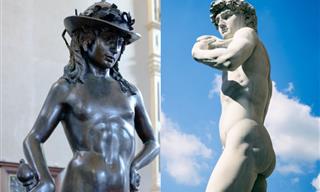
David vs. David: Comparing Two Classic Sculptures
Examining two sculptures by two distinct and famous artists: Donatello and Michelangelo
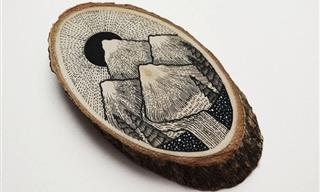
Reality and Fantasy Clash in This Artist's Unique Works
This artist amazes us with her ability to create complete worlds in tiny spaces.

Incredible 3D Sculptures!
At first glance these works by artist Shi Jindianm, it seems as if they were created digitally, but they are actually incredibly complex statues made out of thousands of wires, shaped, bent, and tied together, to create these amazing 3d statues!

12 Artworks by J.M.W. Turner That Are Worth Adoring
Take a look at some of the finest artworks by English painter J.M.W Turner that still look so unique and charming.
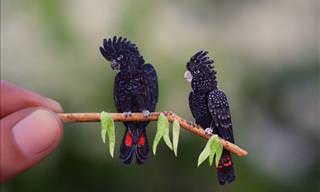
Stunning! This Miniature Bird Art is Made from Paper
Check out this stunning miniature bird art.
 2:47
2:47
Enjoy the Genius of André Rieu!
This is a performance full of joy, laughter and the utmost love of pure musical fun.
 3:25
3:25
This Romantic Dance Duo Routine Will Give You The Chills...
A perfect dance by the dance couple, Duo Flame, that will leave you breathless.
 3:37
3:37
The Piano Guys Rock Petra with an Indiana Jones Special
The Piano Guys have been touring the wonders of the world, and this is their beautiful Indiana Jones/Arabian Nights themed ode to Petra, the wonder of Jordan.
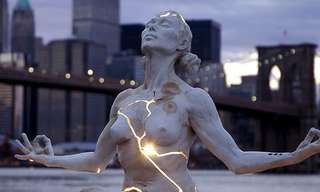
Gosh, These Artful Sculptures are Quite Brilliant
Discover some of the most creative and innovative street statues from around the world.
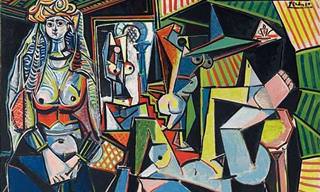
You Won't Believe How Much People Paid For These Paintings
There are some paintings in this world that cost so much money, it's enough to make your eyes water. Here are the most expensive paintings ever sold.

12 Short Poems By the Some of the Greatest Poets!
These 25 short profound poems are brought to you by famous poets from different eras and will bring peace to any turbulent day.
 7:26
7:26
Witness an Incredible Artistic and Acrobatic! Performance
Artists Nicolas Besnard & Ludivine Furnon (Silver Medalist in Paris at the 31th Festival Mondial du Cirque de Demain) performing at "Benissimo" Live TV show.

Take a Closer Look... These Are Not Photographs
It may be hard to believe, but what follows are not photographs, but watercolor paintings, created by Spanish artist Iban Navarro.
 6:32
6:32
Impressive! I Can't Believe What This Illusionist Does!
If you love a good magic trick! You'll love this!
 3:46
3:46
WATCH: Hungarian Symphony Orchestra Interprets Brahms
The Romantic composer, Johannes Brahms, completed a series of compositions called the Hungarian Dances. Enjoy Hungarian Dance no. 5 in this video.
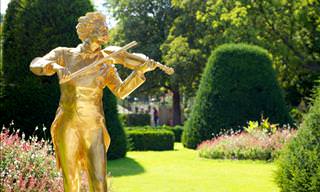
Love Mozart? Here Is Every One of His Amazing Symphonies!
Mozart was composing symphonies since before he could write music notation! Here are all of his genuine symphonies for your listening pleasure.

Playlist: 7 Full Length Operas With English Subtitles!
Whether you're a seasoned opera lover or a newcomer, this playlist of 7 full operas will take you on a journey through the art form's most iconic works.
 6:13
6:13
This Beautiful Dance Tells Such an Enlightening Story
You won't ever have seen such an incredible dance infused with lights and stunning technology....
 5:55
5:55
This Magician's Illusions Will Leave You Stumped
In this video, Ivan Netcheporenko entertains his audience with some brilliant illusions.

12 Unique Artists and Their Gorgeous Creations
we'd like to show you 12 of our favorite creative artists.
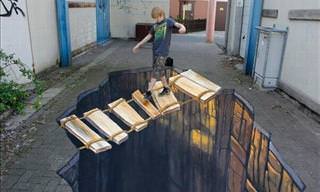
These 3D Paintings Appear to Pop Out Of the Sidewalk!
This has to be the most unique street art you'll ever see. This Russian artist's incredible work appears to come alive out of sidewalks in major cities.
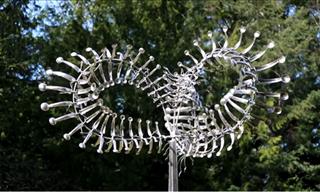
These Wind-Powered Moving Sculptures Are Breathtaking!
These breathtaking metal sculptures by genius artist Anthony How move with the wind
 2:21
2:21
Watch Dolly Parton Sing Jolene in A Capella!
When Dolly Parton joined modern a cappella group, The Pentatonix, for a sing song, they recorded this lovely version of the classic ballad, Jolene.

Cristian Marianciuc Challenges the Definition of Origami
These intricate paper cranes aren't like any other origami you've seen before.
 16:06
16:06
This Beautiful Boléro Builds to An Epic Crescendo!
Valery Abisalovich Gergiev conducts the classic Boléro by Ravel in a gorgeous video.
 4:53
4:53
Over the Rainbow, There's a Musical Show With André Rieu
Andre Rieu, with Suzan Erens and His Johann Strauss Orchestra, performs 'Somewhere Over The Rainbow' from The Wizard of Oz.

I Can’t Believe These Paper Sculptures are Hand-made
American sculptor Jeff Nishinaka creates masterworks out of paper. You won’t believe how detailed his handmade relief paper sculptures are.

Learn Some Fascinating Facts in the Most Fun Way!
Just Keep Thinking is a project making information about the world accessible and fun through fun colorful illustrations. Scroll to learn something new!

You May Need to Give These Pictures a Second Look...
Robert Gonsalves specilizes in making the kind of paintings that make you sigh, then amazed, then thoughtful.
 4:44
4:44
This Is Arguably the Most Beautiful Ice Show Ever!
18 Russian ice skaters sealed their place in history with this amazing dance set to Whitney Houston's classic love song.

These Awesome Aquariums Were Designed to Blow Your Mind
Aquariums aren't just beautiful homes for fishes, they are opportunities to innovate and design, with these 25 being the most unique ones.
 4:42
4:42
Andre Rieu & Mirusia Perform a Classic Delight
In this video, you'll get to see Andre Rieu perform 'Zwei Kleine Italiener' alongside the highly talented Mirusia Louwerswe. Enjoy!
 5:13
5:13
This Young Girl Plays the Violin Like No Other
Masha Marshon impresses everyone with her violin skills. I've never heard such beauty before.
 2:22
2:22
This Man Took an Ordinary Tree Stump and Transformed It...
This simple stump will transform in front of your eyes into beautiful art. This has got to be seen to be believed!
 4:08
4:08
I Can Guarantee You've Never Seen a Ballet Like This One...
This world famous ballet dancer has taken it upon himself to create an almost perfect new ballet dance.

Origami Artist Creates Art Like You've Never Seen Before
This origami art by Cristian Marianciuc is unlike anything you've ever seen.
 5:00
5:00
Witness This Incredible Musical Performance by True Masters
Dutch orchestra leader Guido Dieteren joins forces here with powerhouse singer Wendy Kokkelkoren to bring you a rendition of "You Raise Me Up" the likes of which you've never heard before.
 7:26
7:26
You'll Need a Cold Shower After Watching This Sultry Dance...
Romance was sure in the air, during this electric dance performance. You might need a cold shower after watching this!
 3:59
3:59
This Mongolian Folk Music Sends Shivers Down My Spine
I had never even heard the Mongol language before, much less its traditional throat singing. I have to say the experience is spellbinding.
 5:18
5:18
Watch a Beautiful Visualization of Liszt's La Campanella
Listen to a masterful rendition of La Campanella, along with a brilliant visualization of each and every note this is being played.
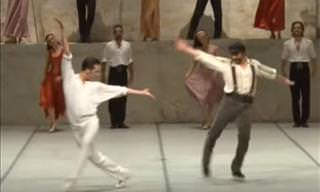 12:28
12:28
This Greek Ballet will Have You Dancing & Shouting 'Opa!'
Zorba the Greek is one of my favorite tunes, it really gets me in the dancing mood the way it builds up that riveting Greek tempo. And what ballet it inspires!

10 Life-Changing Books That You Really Must Read!
Every so often you'll come across a book that will change your life. Here are 10 such examples.



